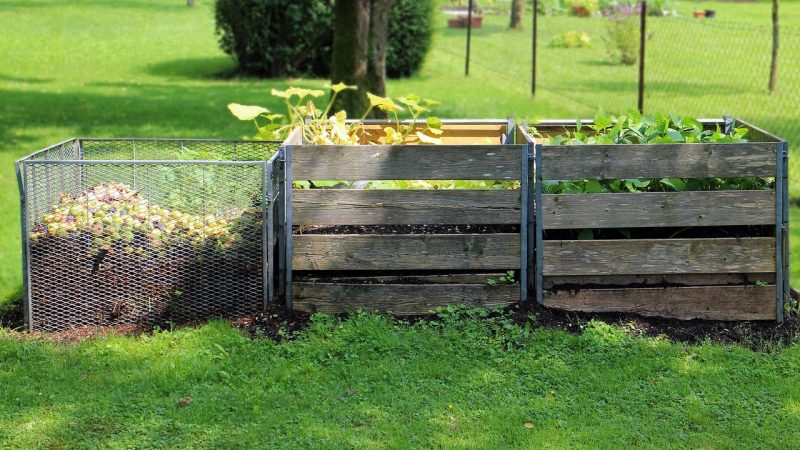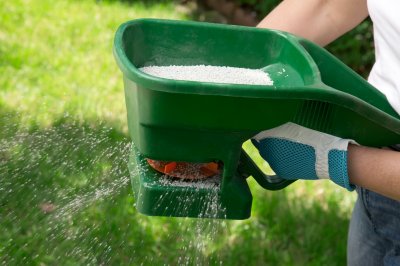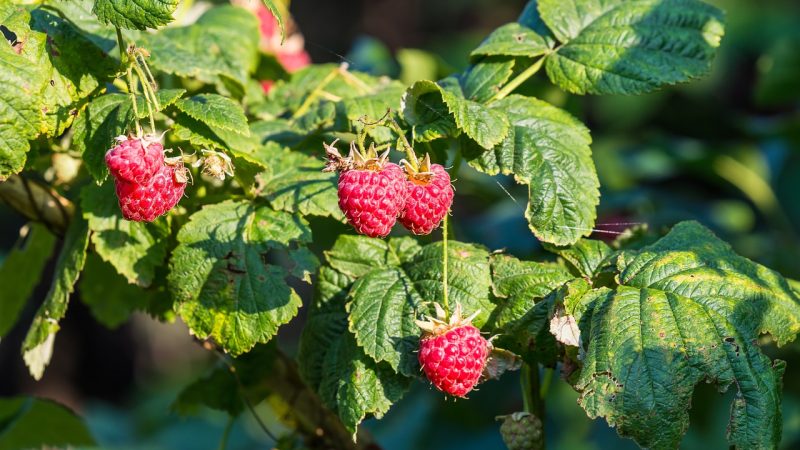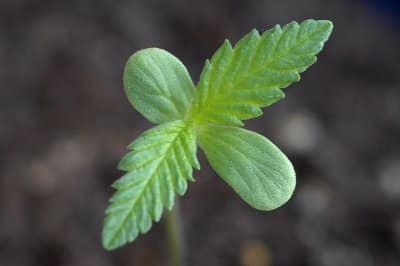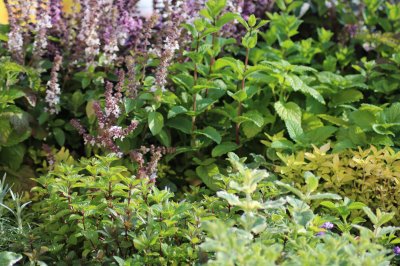Planting seedlings in a greenhouse can provide a controlled and protected environment for young plants to thrive. Greenhouses offer regulated temperature, humidity, and protection from harsh weather conditions, allowing seedlings to grow stronger and healthier. Here’s a step-by-step guide to planting seedlings in a greenhouse:
1. Prepare the Greenhouse:
- Clean the greenhouse thoroughly to remove any debris or pests that could harm your seedlings.
- Ensure that the greenhouse is well-ventilated to prevent overheating during warm days.
2. Selecting Seedlings:
- Choose healthy and disease-free seedlings to transplant into the greenhouse.
- Harden off seedlings by gradually exposing them to outdoor conditions for a few days before planting. This helps them acclimate to the change in environment.
3. Preparing the Soil:
- Use high-quality, well-draining potting mix or a soilless medium in containers for your seedlings.
- Fill seedling trays or pots with the soil mix, leaving enough space for the roots to grow.
4. Transplanting Seedlings:
- Carefully remove seedlings from their original containers, being mindful not to damage the roots.
- Dig a small hole in the prepared soil in the greenhouse for each seedling.
- Gently place the seedling in the hole and backfill with soil, lightly firming it around the base of the plant.
5. Watering:
- Water the newly transplanted seedlings immediately after planting to settle the soil and ensure good root-to-soil contact.
- Water the seedlings regularly, keeping the soil consistently moist but not waterlogged. Greenhouses can get warm, so monitor soil moisture closely.
6. Provide Adequate Light:
- Make sure your greenhouse receives enough natural sunlight for healthy plant growth.
- If natural light is insufficient, consider supplementing with artificial grow lights to provide adequate light duration and intensity.
7. Temperature Management:
- Maintain appropriate temperatures inside the greenhouse. Different plants have different temperature preferences, so adjust the climate accordingly.
- Use ventilation and shade cloth to regulate temperatures during hot days.
8. Fertilization:
- Begin fertilizing seedlings after they have become established and started to grow new leaves. Use a balanced liquid fertilizer diluted to half strength.
9. Monitor and Control Pests:
- Regularly inspect your seedlings for signs of pests or diseases.
- Introduce beneficial insects or use organic pest control methods if necessary.
10. Transplanting to Larger Containers or Outdoors:
- As your seedlings grow and their root systems develop, they may need to be transplanted into larger containers or moved outdoors if the weather is suitable.
By following these steps and providing your seedlings with the care they need, you can create an optimal environment in the greenhouse to nurture healthy and vigorous plants ready for transplanting into your garden or for continued growth inside the greenhouse.


